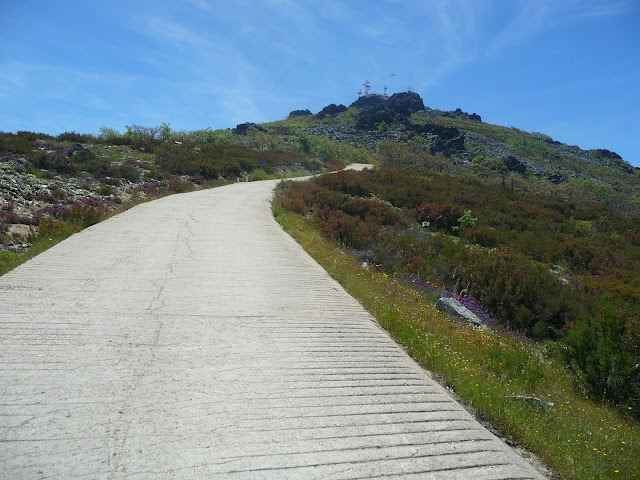I'm not gonna get back to state why ITTs are important, or why I think BR in principle is right (you know, apart from the snowflake rambling at the end). If you wanna read a LS-style essay on the matter, it's
here
But I just wanna address a couple things. First of all, the claim that ITTs are disappearing because of TV ratings is completely baseless. Not only TVs have existed from long enough that any such effect would have happened long before the beginning of this century, but simply ITTs always have (and had) good TV ratings. Not as high as mountain stages, granted, but still significantly better than, for example, mass sprint stages, of which we keep having at least 5-6 in every GT, without any organizer or media bothering too much about it. Whatever the reason for the TT decline is, it's not TV ratings.
I think part of the problem is, as already mentioned, the fear of big gaps and subsequent lack of public interest that ITTs may (and sometimes did) generate. But I also think that this fear is coming specifically from a very limited number of examples (those being the SKY train in the '10s, US Postal in the 00's, and Indurain in the 90's, although the latter domination has also produced arguably the three best stages in modern history, so it was not that much of a snoozefest...). What I mean with this is that I believe this fear is mostly irrational and hinges on very little evidence. The latest big ITTs in the Giro (i.e. 2009, 2013, 2015) have not made any such disasters.
Another reason is the fact that climbers are seen as more popular and thus more marketable. I suspect this phenomenon has its roots in the age when pure climbers were underdogs, and people would cheer for them because they were such. Riders like Fuente, Bahamontes, Chiappucci, Pantani and many others were crowd pleasers because they were seen as the David against Goliath kind of heroes, fighting the odds to win a competition they normally would have no business in winning. And in fact, all of these did not win much, relatively speaking. I would say they would not have been this popular, had they dominated half a decade of GTs like they would in this age. I do think this trend is slowly reversing, as now fans start seeing rouleurs as underdogs instead. Not only the organizers but also the media have a big part of the blame here, as they are still happy to ride a hatetrain that imho they could easily stop if they wanted. But I'm confident that in time the trend will reverse clearly enough that the media will suddenly switch narrative and the whole thing will swing back to the opposite direction.
However, what I suspect is perhaps the biggest reason of TTs downfall is logistics. The organizers
really don't seem to like them. I think the only possible reason is that they are more expensive to produce (so media don't like them), they isolate a whole area for quite a long time (so locals don't like them), and they require a lot of equipment that road stages don't normally do (more motos, more cars, and the longer the TT is, the more you need to cover everybody). If this is true, then we have a whole different problem on our hands, without a clear solution. But it begs the question: why only now? Would these reasons apply also to all other ages? Is equipment more expensive today? Is production more costly? I don't think so. Maybe ITTs always were a logistical nightmare (at least in modern times, with tv production and all), but organizers saw the chance to limit them only now that the public doesn't mind.







